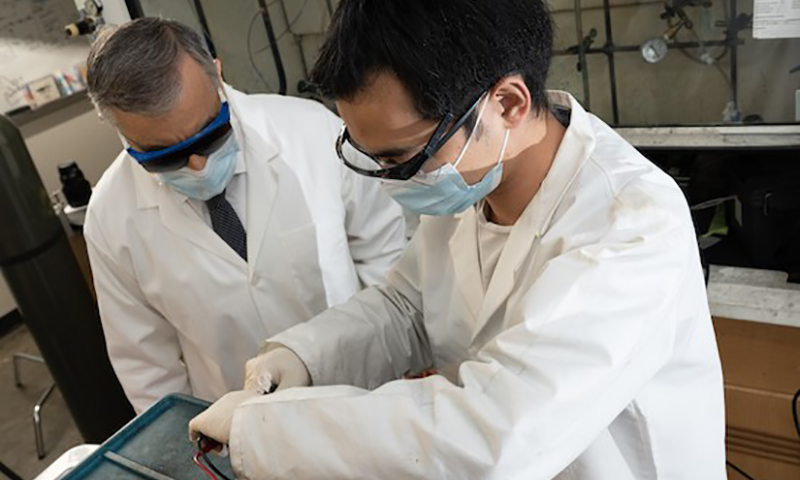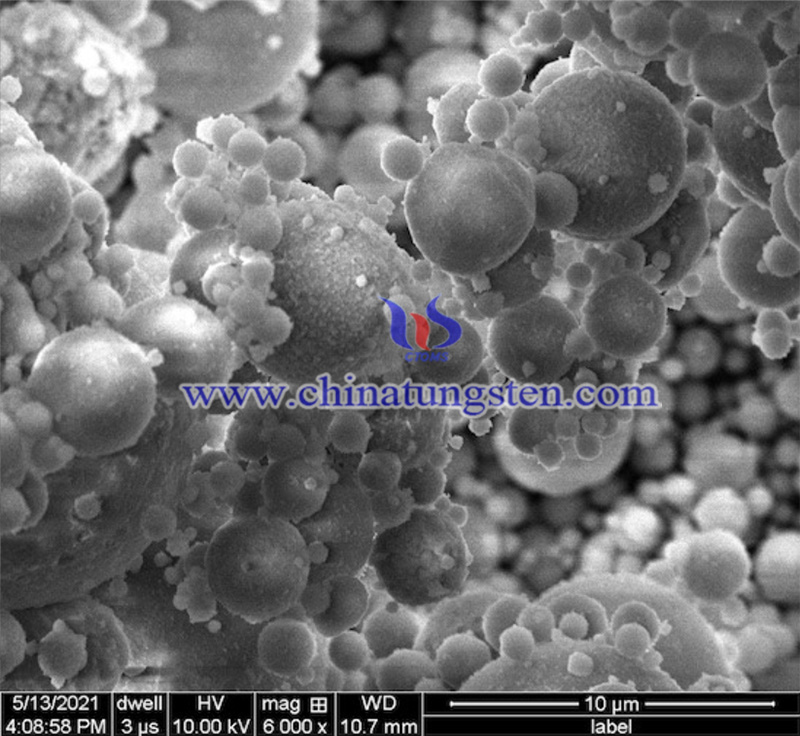Recovery of Rare Earth Elements from Waste
- Details
- Category: Tungsten's News
- Published on Wednesday, 16 February 2022 16:28
- Written by Caodan
- Hits: 686
A recent study at Rice University may solve the issue of rare earth elements (REEs) that are difficult to obtain and difficult to recover. Rice chemist James Tour's lab reports that they have successfully extracted rare earths from waste in yields high enough to solve manufacturers' problems while generating a handsome profit for them.
The lab's Flash Joule heating process, which produces graphene from any solid carbon source, is now being applied to recover rare earth metals from three rare earth element sources (coal dust, bauxite slag, and e-waste) that have magnetic and electronic properties critical to modern electronics and green technology.

The researchers say their process is more environmentally friendly because it uses much less energy and turns the stream of acid normally used to recover elements into a trickle.
Rare earth elements are not actually rare, and one of them, cerium, is more abundant than either copper or gold. But these 15 lanthanides, as well as yttrium and scandium, are difficult to extract from mined materials.
Rare earths found in coal fly ash can be recycled, according to scientists at Rice University, whose Flash Joule heating program has been adapted to recover these elements.
"The United States used to mine rare earth elements, but at the same time produced a lot of radioactive elements," Tour said. "We have mountains of fly ash, residues of coal combustion that are oxides of silicon, aluminum, iron, and calcium that form glasses around trace elements, making them difficult to extract. Bauxite residues, sometimes called red mud, are a toxic byproduct of aluminum production."
While industrial extraction from these wastes usually requires leaching with strong acids, a time-consuming, non-green process, Rice Labs heats fly ash and other materials (combined with carbon black to improve electrical conductivity) to about 3,000 degrees Celsius in one second. The process turns the waste into a highly soluble "activated REE species".

Tour says, "Treatment of fly ash by flash Joule heating breaks the glass encasing these elements and converts the REE phosphate into a more soluble metal oxide. The industrial process uses a 15-molar concentration of nitric acid to extract the material; the Rice process uses a gentler 0.1-molar concentration of hydrochloric acid while allowing access to more extracts."
The versatility of the process makes it a particularly promising recycling option because millions of tons of bauxite slag and e-waste are produced each year, the researchers said. Tour said: "Our process tells may allow us to stop relying on mining or foreign sources of rare earths."
Tour's lab introduced Flash Joule heating in 2020 to convert coal, petroleum coke, and garbage into graphene, the single-atom-thick form of carbon, a process that is now being commercialized. The lab has since adapted the process to convert plastic scrap into graphene and to extract precious metals such as rare earth elements from electronic waste.
- Rare Earth Manufacturer & Supplier, Chinatungsten Online: www.chinatungsten.com
- Tungsten News & Prices of China Tungsten Industry Association: www.ctia.com.cn
- Molybdenum News & Price: news.molybdenum.com.cn
- Tel.: 86 592 5129696; Fax: 86 592 5129797; Email: sales@chinatungsten.com





 sales@chinatungsten.com
sales@chinatungsten.com